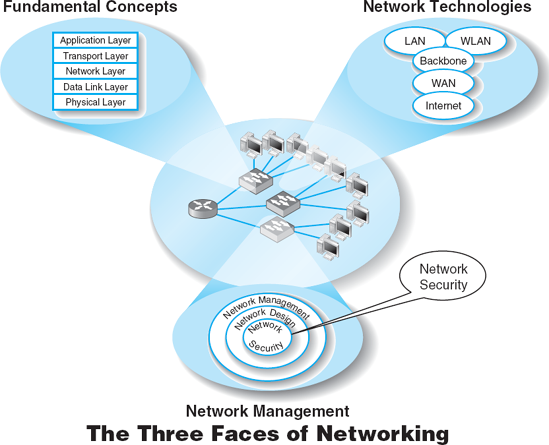Chapter 11. NETWORK SECURITY[38]

THIS CHAPTER describes why networks need security and how to provide it. The first step in any security plan is risk assessment, understanding the key assets that need protection, and assessing the risks to each. There are a variety of steps that can be taken to prevent, detect, and correct security problems due to disruptions, destruction, disaster, and unauthorized access.
OBJECTIVES ▾
Be familiar with the major threats to network security
Be familiar with how to conduct a risk assessment
Understand how to ensure business continuity
Understand how to prevent intrusion
CHAPTER OUTLINE ▾
INTRODUCTION
Why Networks Need Security
Types of Security Threats
Network Controls
RISK ASSESSMENT
Develop a Control Spreadsheet
Identify and Document the Controls
Evaluate the Network's Security
ENSURING BUSINESS CONTINUITY
Virus Protection
Denial-of-Service Protection
Theft Protection
Device Failure Protection
Disaster Protection
INTRUSION PREVENTION
Security Policy
Perimeter Security and Firewalls
Server and Client Protection
Encryption
User Authentication
Preventing Social Engineering
Intrusion Prevention Systems
Intrusion Recovery
BEST PRACTICE RECOMMENDATIONS
IMPLICATIONS FOR MANAGEMENT
SUMMARY
INTRODUCTION
Business and government have always been concerned with physical and information security. They have protected physical assets with locks, barriers, guards, and the military since organized ...
Get Business Data Communications and Networking now with the O’Reilly learning platform.
O’Reilly members experience books, live events, courses curated by job role, and more from O’Reilly and nearly 200 top publishers.

